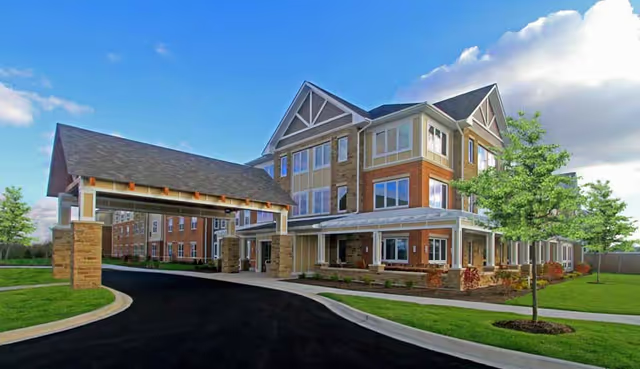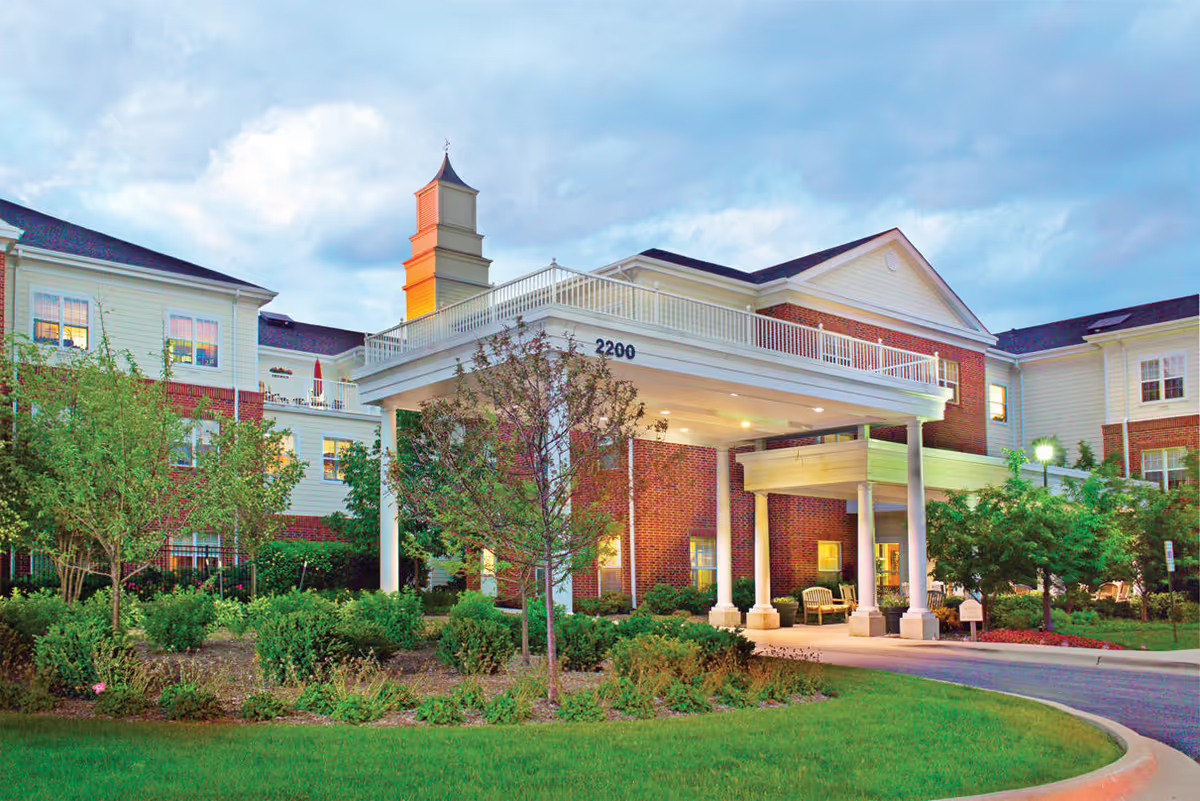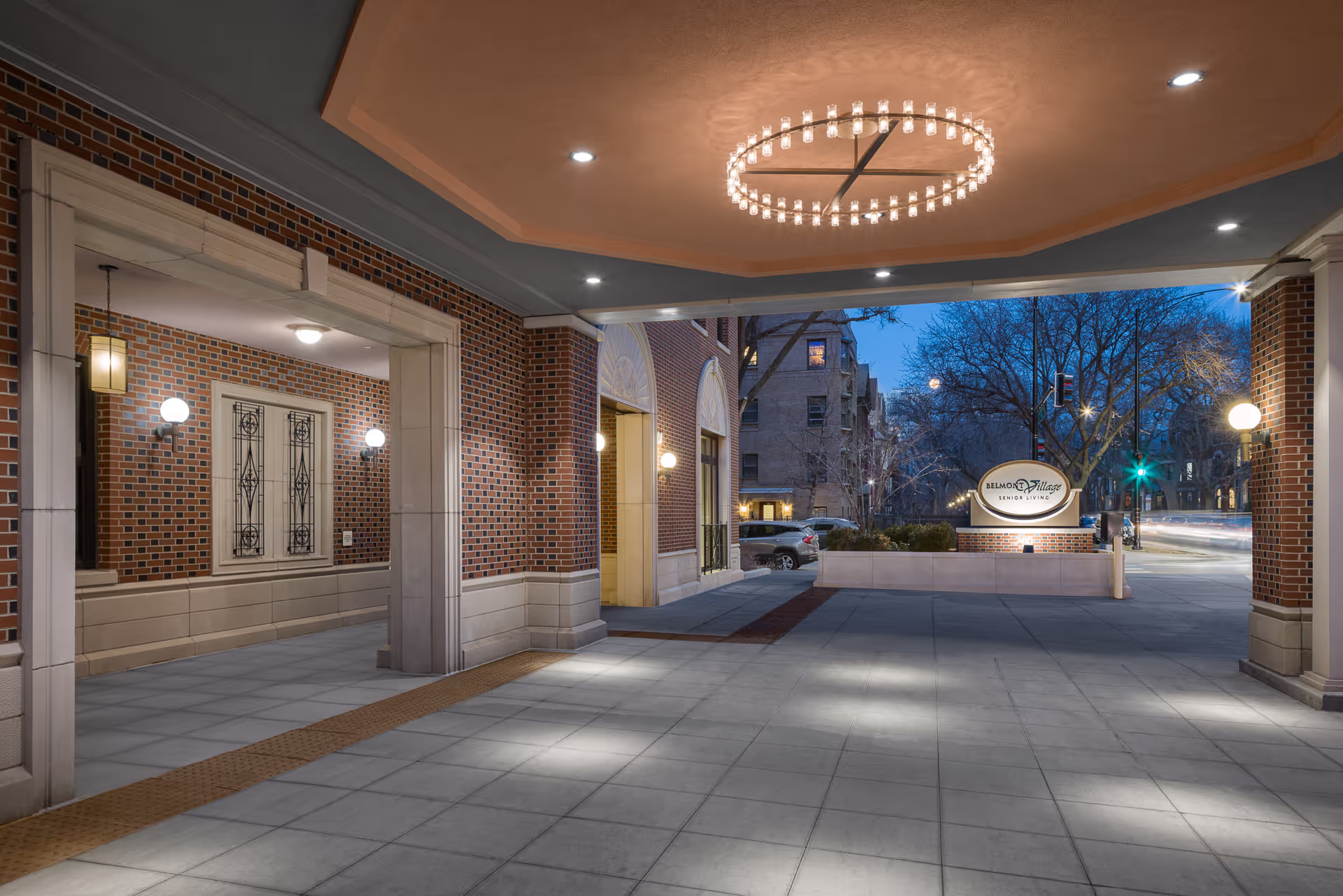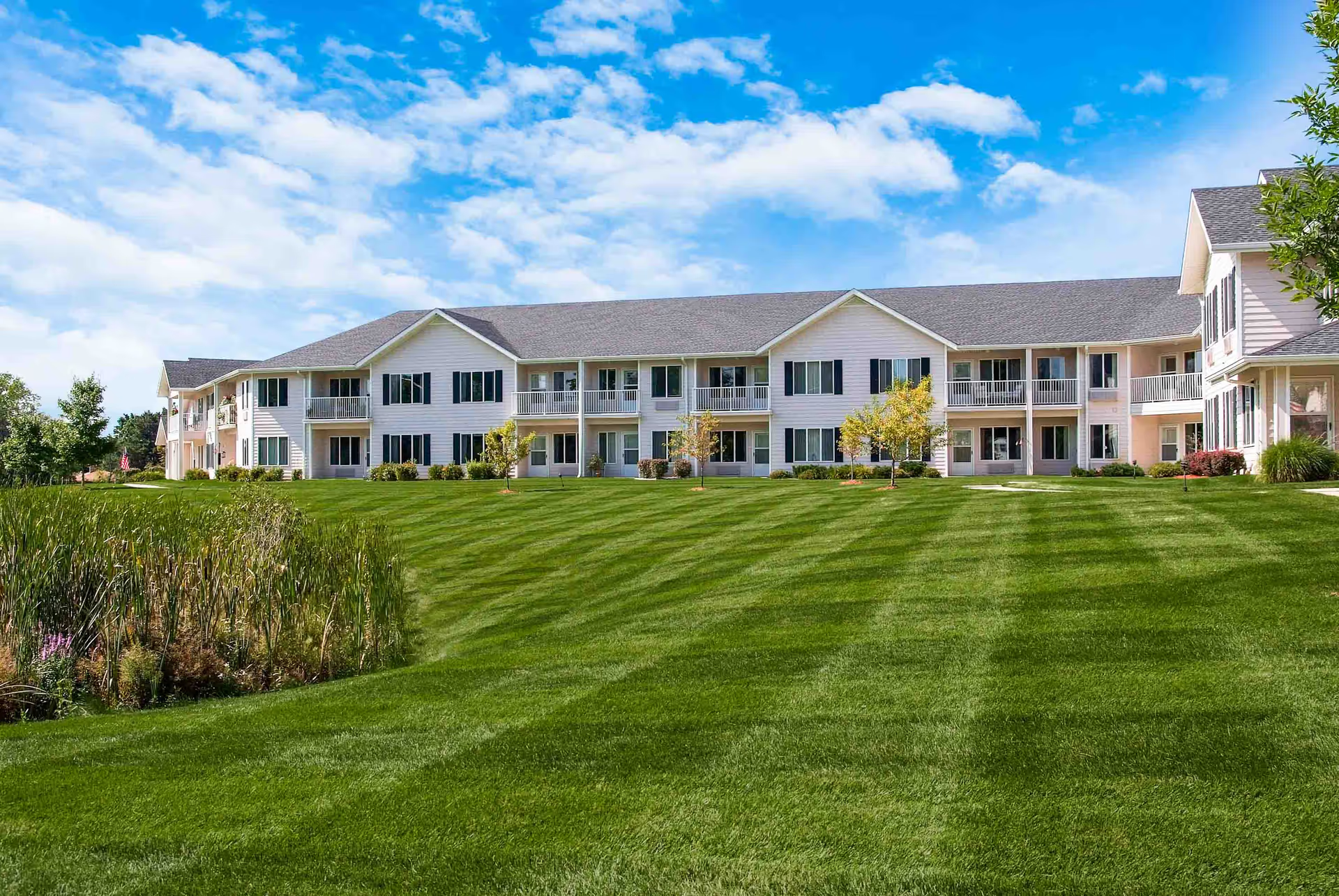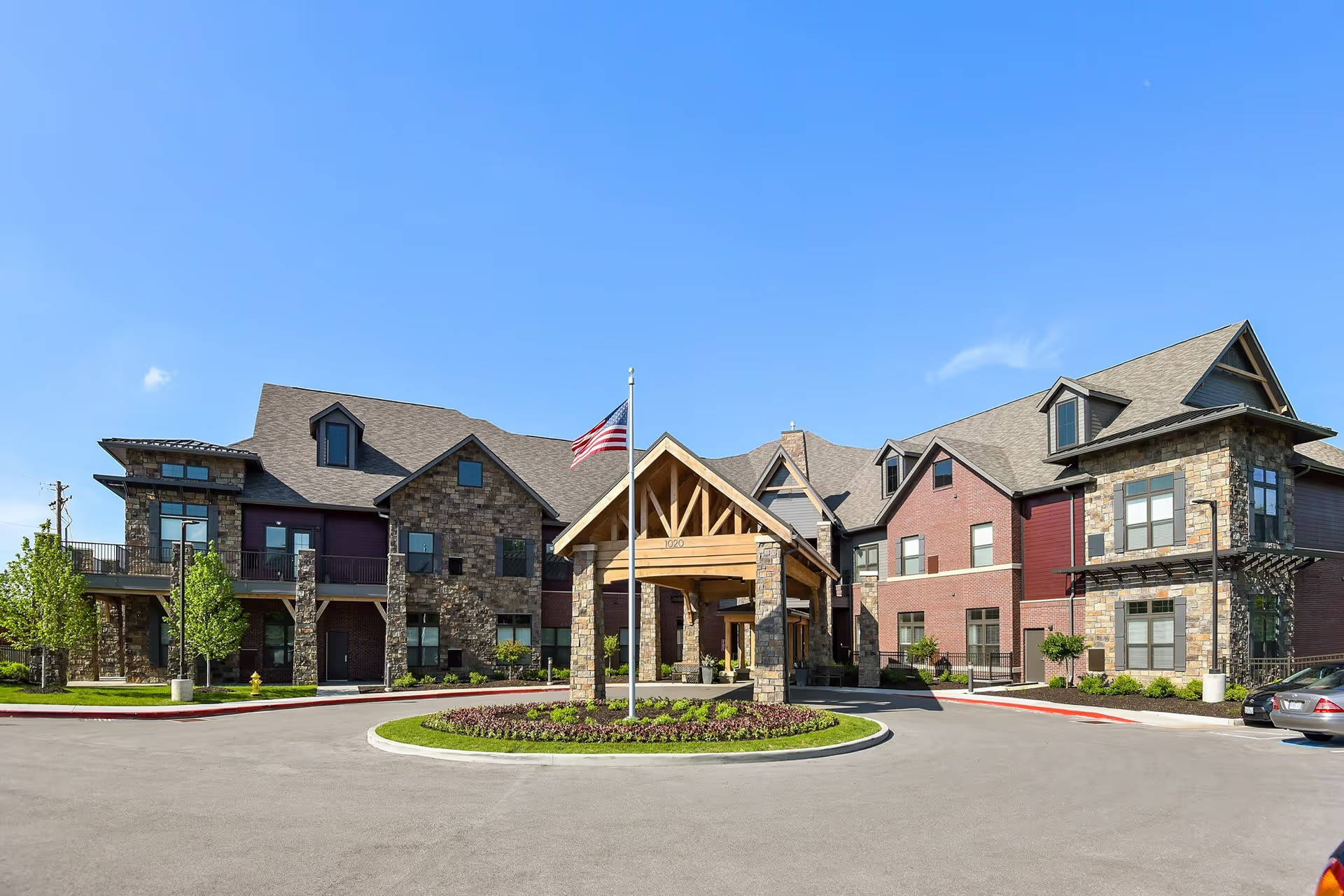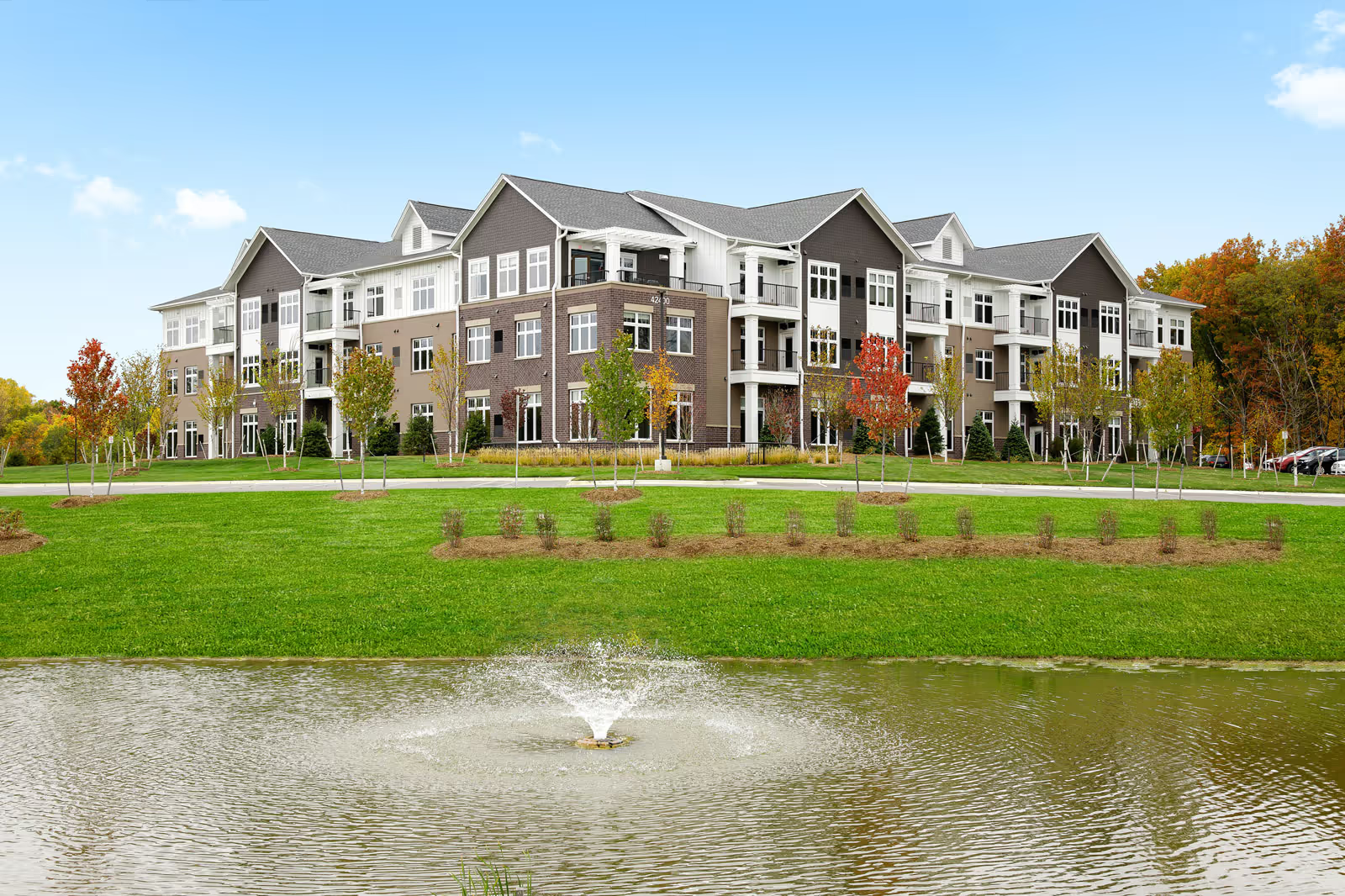Overall impression: Reviews for Timberdale Trace Assisted Living show a strongly mixed but consistent theme: the day-to-day caregiving and social environment are frequently praised, while management, dining, and staffing consistency are recurrent concerns. Many family members and residents emphasize warm, caring, and dedicated on-floor staff who build positive relationships with residents and create a homelike, sociable atmosphere. At the same time, multiple reviewers report issues with management visibility, turnover, food quality, and capacity to meet high medical needs. The overall sentiment is that Timberdale Trace can be an excellent fit for residents who need assisted living-level care and lots of social engagement, but prospective families should carefully evaluate dining, staffing stability, and contractual/sales transparency before committing.
Care quality and staff: The strongest and most consistent positive across reviews is the praise for direct caregivers and many nursing staff. Floor staff are repeatedly described as amazing, caring, hardworking, and attentive; specific shifts (first and third) are called "wonderful," and several reviewers note individual nurses as great. Families appreciate staff who go above and beyond, provide one-on-one attention, and engage residents. However, reviewers also report notable variability: newer or less experienced staff are sometimes present, there are staffing shortages (including weekends), and staff turnover has been a problem. Several reviewers say clinical staff or supervisory nurses are not proactive, nurse interactions can be delayed, and high-needs/hospice residents may not receive sufficient attention. Some reviewers specifically cited that after a director left, management seemed less engaged and problems were less likely to be resolved. There are also reports that a company takeover/new ownership led to declines in oversight and performance in some areas.
Facilities and living spaces: Many reviewers describe the building as clean, updated, modern, and organized, with a small, homelike feel. Positive facility attributes include an accessible single-level layout, wide halls, a central courtyard, salon, and a pleasant dining area. Most apartments reportedly have two bathrooms, and some rooms are larger than expected, though reviewers repeatedly mention that rooms are often quite small and that there are limited size options. Temperature control is a clear concern: air conditioning is reportedly available only in common areas, leaving resident rooms hot and humid at times. Basic supplies shortages (toilet paper, paper towels) and reports of personal items missing from rooms were raised by some families, indicating inconsistencies in housekeeping or security practices.
Dining and dietary service: Dining is a major area of divergent opinion. Several reviewers describe meals as "terrific" and praise a cook who has strong rapport with residents; others call the food "not worth the cost," "awful," or inadequate, with instances of residents being hungry. Dietary staff behavior is inconsistent in reviews — some are described as rude while others are praised for friendliness. The quality and value of meals appear highly variable shift-to-shift or day-to-day, contributing to perceived poor value when combined with high prices. One reviewer noted medication not working as expected in tandem with dietary/diet management concerns; while that is an isolated comment in these summaries, it points to occasional coordination problems between clinical and dietary services.
Activities, social life, and outings: Activities are frequently listed as a strong point. Multiple reviewers praise an organized activities schedule, daily exercises, bingo every afternoon, coffee and cookies at 2:00, cards and puzzles, and frequent outings and transportation for events. The community bus, organized trips, church services, and group activities contribute to many residents feeling engaged and energetic. That said, some reviewers observed underutilized resources (e.g., unused bus) or small/limited activity spaces; activity staffing and programming consistency can vary, especially when shortages occur.
Management, admissions, and value: Management and sales practices are commonly called out as problem areas. Positive reports exist where directors or managers were responsive, listened, and fixed issues; however, these are counterbalanced by complaints of management being unseen, unresponsive, or failing to follow through after the director left. Multiple reviewers reported deceptive or misleading sales practices — promises not kept, higher-than-quoted prices at move-in, and impersonal sales interactions. Several reviewers explicitly advised caution around contracts and pricing. The facility is commonly described as "expensive" or not offering good value when food quality, staffing inconsistency, and management issues are considered. There are also isolated but serious concerns about privacy/HIPAA and record-keeping that warrant attention by prospective families.
Notable patterns and recommendations: Recurrent patterns suggest Timberdale Trace is best suited to residents who prioritize a warm, social, and small-community environment and who require assisted living levels of care rather than intensive medical or hospice-level care. Many families report their loved ones are happy, safe, and well cared for by the day staff; others have had negative experiences centered on management responsiveness, dining, and care for higher-acuity residents. Prospective residents and families should tour at different times of day (to assess food and activities), ask specific questions about staffing levels on weekends and night shifts, verify heat/AC arrangements for rooms, and get any pricing or service promises in writing. It would also be prudent to check how the community handles privacy/records, hospice transitions, and clinical follow-up. When the direct care staff and activities are operating well, many reviewers enthusiastically recommend Timberdale Trace, but consistent concerns around management, food, and the ability to handle high medical needs mean it is not a perfect fit for everyone.


